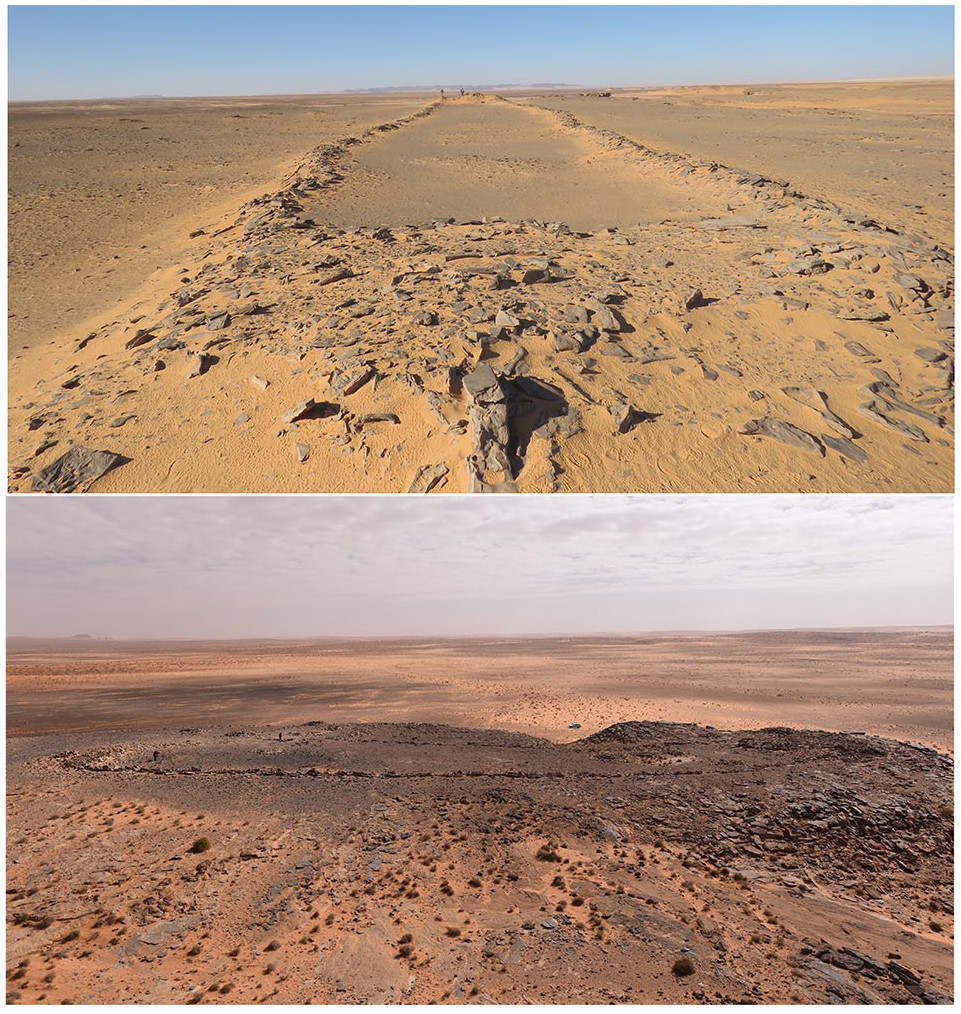São Paulo – Stone structures erected about 7,000 years ago in what is now Saudi Arabia are the earliest largescale stone buildings in the Arabian Peninsula and are probably among the oldest in the world. The information was made public this month by a research project involving institutions in Germany, England and Australia, as well as Saudi Ministry of Tourism officials. A paper on the study was recently published in science journal The Holocene. It looked into 104 stone structures known as ‘mustatil,’ along the southern edge of the Nefud Desert.

The structures are the oldest known largescale landmarks in the Arabian Peninsula. “The structure we have dated is the oldest large-scale stone structure known from the Arabian Peninsula. The mustatil phenomenon represents a remarkable development of monumental architecture, as hundreds of these structures were built in northwest Arabia,” the paper reads.
Further research is needed into the function of the structures. One hypothesis is that they might be related to rituals in the context of regional pastoralism.
At the time of construction, between 10,000 and 6,000 years ago, the Arabian Peninsula had rainy weather and therefore a landscape unlike its current one. Stone structures of different kinds are abundant in northern Saudi Arabia. Some are believed to date back to the Neolithic Period, but research into their chronology and what they represented is scarce.
Translated by Gabriel Pomerancblum




